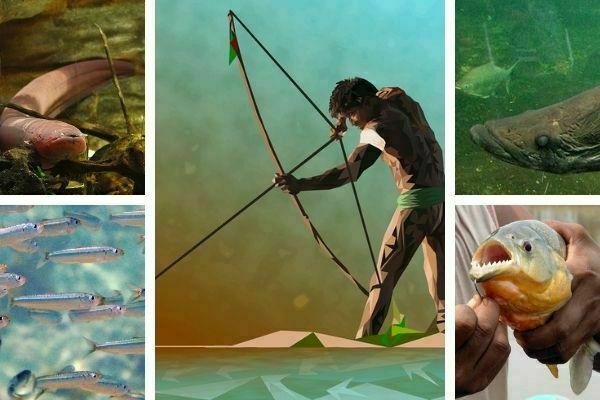
Fishing in the Amazon has become the main activity for supplying the necessary protein, which constitutes a serious threat to guarantee the sustainability of the resource due to the overexploitation to which it is subjected.
Not so much because of artisanal fishing, carried out with a bow and arrow, harpoon, dart, net and the use of basbasco , and difficult to record, but by commercial fishing, which uses larger boats, equipped with nets for massive and indiscriminate capture of fish, which unloads its cargo at the fishing terminals.
The richness of the fish in the Amazon is essential to explain the survival of the Amazonian population

Dr. Rafael Cartay is a Venezuelan economist, historian, and writer best known for his extensive work in gastronomy, and has received the National Nutrition Award, Gourmand World Cookbook Award, Best Kitchen Dictionary, and The Great Gold Fork. He began his research on the Amazon in 2014 and lived in Iquitos during 2015, where he wrote The Peruvian Amazon Table (2016), the Dictionary of Food and Cuisine of the Amazon Basin (2020), and the online portal delAmazonas.com, of which he is co-founder and main writer. Books by Rafael Cartay can be found on Amazon.com
Types of fishing in the Amazon.
Fishing is carried out, according to the purpose pursued and the available resources, in four modalities: artisanal or support fishing, commercial fishing, fishing for ornamental fish and sport fishing.
Artisanal fishing.
This artisanal or support practice that riverside fishermen market locally, in which they use arrows, harpoons, small nets, and even using fish-paralyzing plants such as barbasco ( Banisteropsis inebrians ) in small watercourses.
Among the fish appreciated by artisanal fishing we have: the acarahuazú ( Astronotus ocellatus ), the croaker ( Plagioscion squamosissimus ), the chambira ( Rhapiodon vulpinus ), the gamitana ( Colossoma macropomum ), the paco ( Piaractus brachypomus ), the maparate ( Hypophthalmus marginatus ), the pomfret ( Mylossoma duriventris ).
Others are the speck ( Pinirampus pinirampu ), the paiche ( Arapaima gigas ) , the paña or piranha ( Serrasalmus elongatus ), the ractacara (Psetrogaster amazonica ), the tucunaré or pavón ( Cicla monoculus ), the yaraquí ( Semaprochilodus spp. ), the yulilla ( Anodus elongatus ), the zúngaro ( Plagioscion auratus ) and many other species.
commercial fishing.
Commercial fishing, the most important fishing modality, due to the volumes of product obtained, uses larger and more technical nets, and operates in large vessels, equipped with cargo refrigeration systems or, in the worst case, with boxes isothermal with ice to preserve the freshness of the product until it reaches the ports of unloading.
This type of fishing is the only one that can be accounted for, albeit partially, by delivering its cargo to the large landing ports in each Amazonian region.
It can be noted that, in the main ports such as Iquitos and Pucallpa, in the Peruvian Amazon, the most captured species are the boquichico and the sardine ( Triportheus angulatus ) followed by:
- the manitoa
- The maid
- the smooth
- The Yambina
Other fish are in danger due to their indiscriminate fishing, among them we have the Paiche and especially the Manatee (aquatic mammal), also mistakenly called river cow.
Ornamental fish fishing.
Finally we have ornamental fish fishing, which is a very active trade to supply the extended aquarium business throughout the world.
In any case, the largest volumes of fishing are obtained in whitewater rivers with the commercial fishing modality. These rivers have waters that are richer in suspended nutrients and, therefore, richer in fish.
But, in practice, Amazonian fishing is an activity that takes place in various environments: in rivers, but also in streams, lagoons or oxbow lakes, with calmer waters.
Sport fishing in the Amazon:
This modality of fish farming most closely related to tourism is undoubtedly the one that least affects the region’s fish ecosystem.
Perhaps it is the one that can provide the best economic and environmental conservation benefits in the future, since, as is known, in the ethics of sport fishing, the fish is returned to its origin once it has been caught, weighed and registered.
According to the opinion of some specialized websites on the subject, the Amazon region is a privileged place for this sport due to the diversity and size of the specimens typical of the basins that cross the Amazon. Among them are the following:
- The tucunaré (peacok bass): iconic species of this sport in Brazil . Which is a voracious predator that is said to bite hooks that have no bait. It receives different names according to its characteristics:
- Azú (giant),
- Bale (painted),
- pitanga (dark)
- Borboleta (butterfly).
- Catfish:
- Surubín (barred sorubim),
- Carapari (sorubim tiger),
- bearded (flatwhiskered catfish),
- Golden
- Piraiba
Although some specialized sites claim that sport fishing can be practiced throughout the year, others recommend doing it during the dry season that runs from August to December.
Places for Fishing in Amazonas:
In this article you can learn what a “cocha” is and what are the favorite places for fishing in the Amazon.
Amazon fish:
We have already named some of the most sought after fish according to the type of fishing but if you want to know more we have a page dedicated to the fish of the Amazon.
Related Posts
October 19, 2019
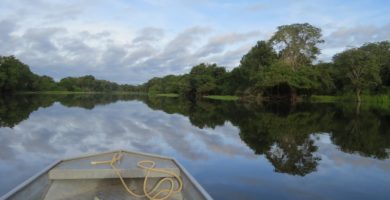
Places for fishing in the Amazon River Basin: the cocha and the lagoons
October 11, 2019

The farm and the orchard: agriculture in the Amazon Rainforest
October 11, 2019
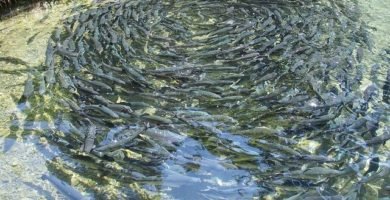
Fish farming in the Amazon Rainforest
October 11, 2019
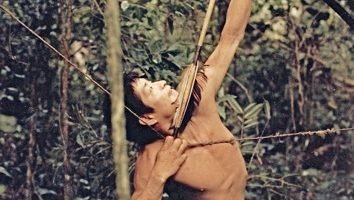
Hunting and Fishing in the Amazon Rainforest
October 11, 2019
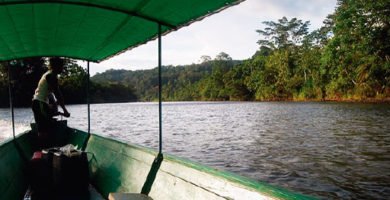
Economy of the Amazon Rainforest Region
October 6, 2019
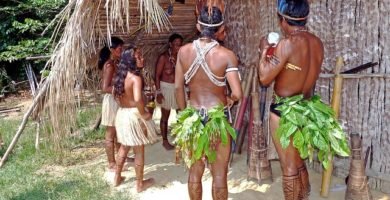
Amazon Rainforest foragers
This post is also available in:
![]() Español (Spanish)
Español (Spanish)
